The Hoysala temples of Beluru, Halebeedu, and Somanathpura in Karnataka have been added to the United Nations Educational, Scientific and Cultural Organization (UNESCO) World Heritage list, marking India's 42nd UNESCO World Heritage Site. These temples are a testament to the unique temple architecture and artistry of the Hoysala dynasty, which ruled over a large part of southern India between the 10th and 14th centuries. The Hoysala temples are known for their intricate carvings and exquisite architecture, and the three temples that have been inscribed on the UNESCO World Heritage List are the Chennakeshava Temple at Belur, the Hoysaleshwara Temple at Halebidu, and the Keshava Temple at Somanathapura.
History and Significance of Sacred Ensembles of the Hoysala
The Hoysala dynasty was a powerful South Indian dynasty that ruled over a large part of southern India between the 10th and 14th centuries. The dynasty was known for its patronage of art, literature, and architecture, and the Hoysala temples are a testament to their artistic and architectural achievements. The Hoysala temples were built between the 11th and 13th centuries and are known for their unique architectural style, which involves Sikharas, ornate carvings, Pradakshinapathas, and more.
The Three Temples
Chennakeshava Temple at Belur
The Chennakeshava Temple at Belur is the largest and most elaborate of the Hoysala temples. It is dedicated to the Hindu god Vishnu, and it is covered in intricate carvings depicting gods, goddesses, and scenes from Hindu mythology. The temple is known for its intricate carvings, which are considered to be some of the finest examples of Hoysala art.
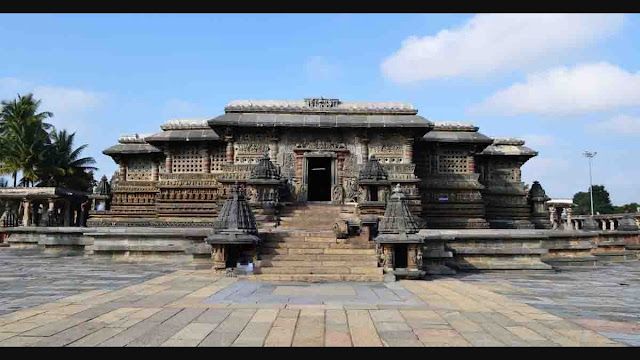 |
| Chennakeshava Temple at Belur |
Hoysaleshwara Temple at Halebidu
The Hoysaleshwara Temple at Halebidu is another impressive Hoysala temple. It is dedicated to the Hindu god Shiva, and it is known for its exquisite soapstone carvings. The temple is also known for its intricate carvings, which depict scenes from Hindu mythology and the daily life of the Hoysala people.
Keshava Temple at Somanathapura
The Keshava Temple at Somanathapura is a smaller Hoysala temple, but it is no less impressive. It is dedicated to the Hindu god Vishnu, and it is known for its intricate carvings and beautiful architecture. The temple is considered to be one of the finest examples of Hoysala art and architecture.
 |
| Keshava Temple at Somanathapura |
Recognition by UNESCO
The Hoysala Temples had been on the UNESCO tentative list since 2014, and their inclusion in the World Heritage List is the result of years of research and effort by the Indian National Trust for Art and Cultural Heritage (INTACH) . The Sacred Hoysala Ensembles were officially confirmed as a World Heritage Site in 2023. The Hoysala Temples are the newest Heritage Site from Karnataka and consist of three temples from the 12-13th century CE that best represent the unique temple architecture and artistry of the Hoysala dynasty.
Conclusion
The Hoysala temples of Beluru, Halebeedu, and Somanathpura are a testament to the unique temple architecture and artistry of the Hoysala dynasty, which ruled over a large part of southern India between the 10th and 14th centuries. The temples are known for their intricate carvings and exquisite architecture, and they are considered to be some of the finest examples of Hoysala art and architecture. The inclusion of the Hoysala Temples in the UNESCO World Heritage List is a recognition of their historical and cultural significance and a testament to the artistic and architectural achievements of the Hoysala dynasty.
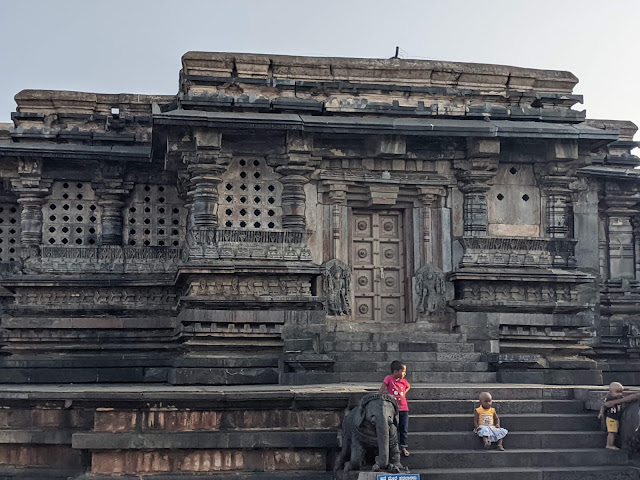 |
| Hoysala temples |
 |
| Hoysala temples Architecture |
 |
| Hoysala temples Architecture |
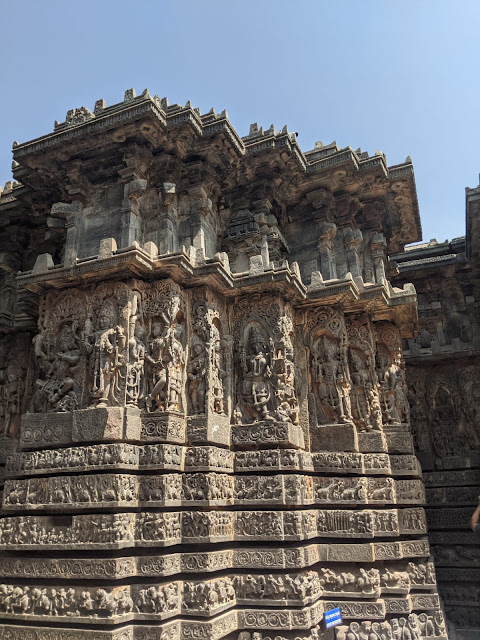 |
| Hoysala temples Architecture |
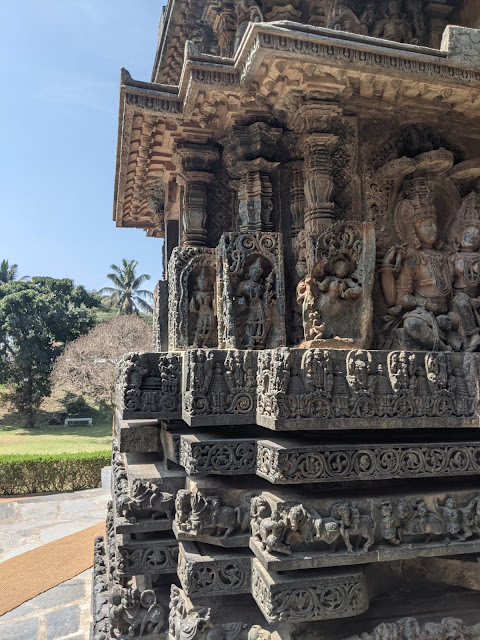 |
| Hoysala temples Architecture |
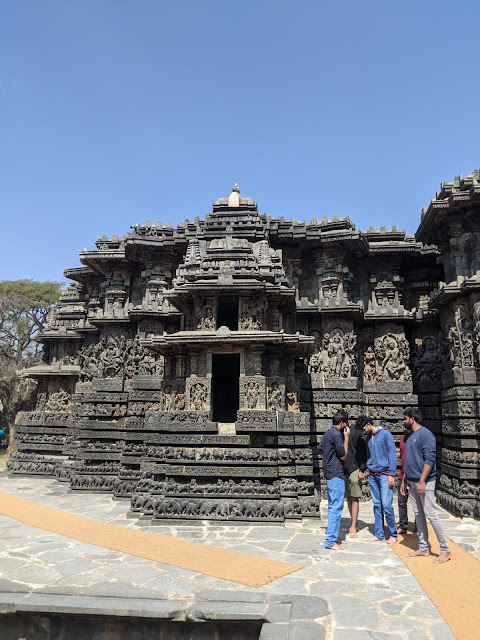 |
| Hoysala temples Architecture |









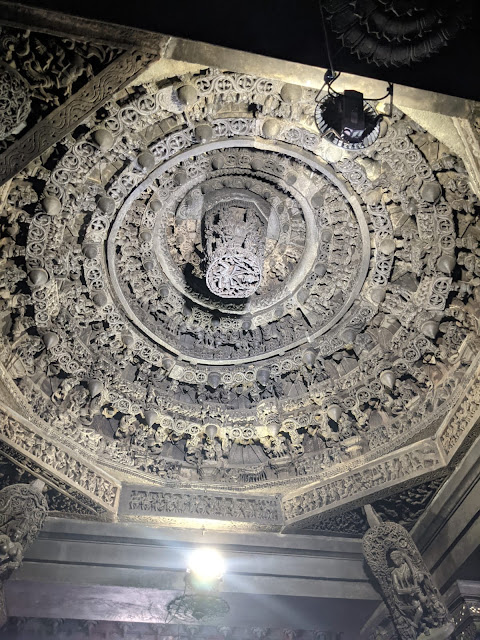

Comments
Post a Comment